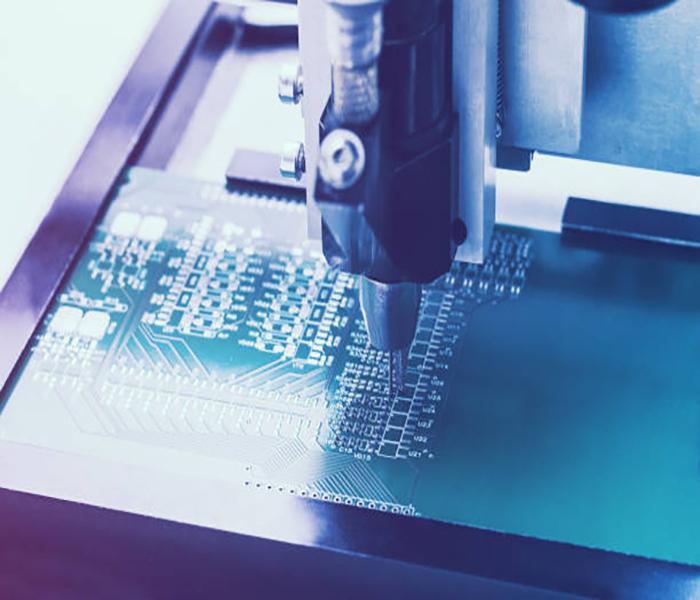Unraveling the Magic of ICs: The Heart of the Electronic Components Industry
Welcome to the fascinating world of Integrated Circuits (ICs), the driving force behind the modern electronic components industry. From the sleek smartphones we use to the sophisticated machinery that powers our lives, IC chips play an essential role in shaping the digital landscape we inhabit. In this blog, we will explore the magic and significance of ICs, shedding light on their pivotal role in revolutionizing technology.
Integrated Circuits Definition
An Integrated Circuit (IC), also known as a microchip or semiconductor chip, is a miniature electronic component made up of thousands or even millions of transistors and other passive components, all packed onto a tiny silicon wafer. The design and manufacturing process of ICs require cutting-edge technology and precision, as these chips serve as the building blocks for electronic devices.

Integrated Circuits History
The origins of ICs can be traced back to the mid-20th century when the pioneers of the electronics industry envisioned a compact and efficient solution to replace bulky and energy-consuming vacuum tubes. The invention of the transistor in the late 1940s laid the groundwork for the development of ICs, enabling the integration of multiple transistors onto a single chip.
As technology advanced, the size of transistors and components within ICs shrank significantly, following Moore's Law - the observation that the number of transistors on a chip doubles approximately every two years. This exponential growth in processing power led to the creation of more powerful and energy-efficient electronic devices, fueling the rapid progress of the digital age.
Integrated Circuits Types
ICs come in various types, each tailored for specific functions within electronic devices. Some of the common types of ICs include:
Microprocessors: The brain of computers, smartphones, and other devices, responsible for executing instructions and performing calculations.
Memory ICs: These store data temporarily (RAM) or permanently (ROM), ensuring smooth and efficient operation of electronic devices.
Analog ICs: Designed to process continuous signals and are commonly found in audio amplifiers, sensors, and power management circuits.
Digital ICs: Work with binary data and are the foundation of digital logic circuits, such as gates, flip-flops, and counters.
ICs in the Electronic Components Industry
The widespread use of ICs has revolutionized the electronic components industry in numerous ways:
Miniaturization: The ability to pack millions of components into a tiny chip has enabled the development of smaller and more portable electronic devices.
Increased Efficiency: ICs are designed to be highly efficient, consuming less power while delivering superior performance.
Cost-Effectiveness: Mass production of ICs has significantly reduced manufacturing costs, making electronics more affordable and accessible.
Innovation: The continual advancements in IC technology have spurred innovation in various sectors, from artificial intelligence to the Internet of Things (IoT).
Integrated Circuits (ICs) have transformed the electronic components industry, propelling technology to new heights. From the inception of the first transistor to the sophisticated microchips of today, ICs continue to shape our digital world. As we embrace the future, it is crucial to recognize the integral role ICs play in enhancing the way we live, work, and connect with one another. The magic of ICs remains an ever-evolving marvel that continues to drive progress in the electronic components industry and beyond.




 Need Help?
Need Help?







